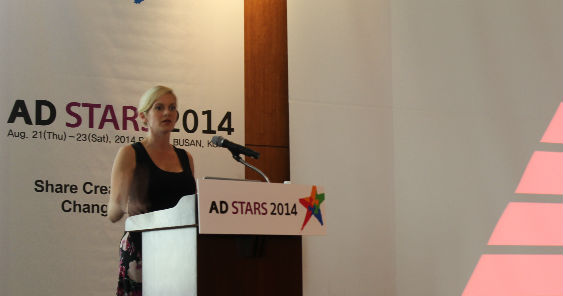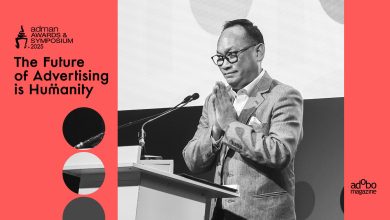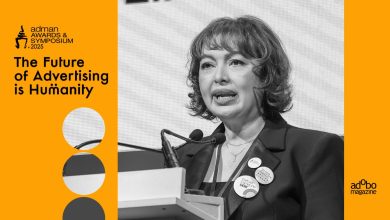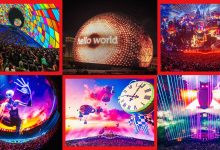BUSAN – BBDO New York executive creative director Lauren Connolly made a case for telling stories in her seminar at AD STARS 2014.
“Storytelling is critical to what we are as humans. We are perhaps the only animal in this planet with the ability to tell a story. In fact scientists are trying to discover right now if storytelling is in fact in our DNA,” she said.
In the seminar entitled “The Universal Language of Storytelling,” Connolly gave a short history of stories, beginning with prehistoric art, to Homer and the Greek poets, to the printed story, to television, which she said made story telling a shared event and gave brands the opportunity to tell stories as well.
“Here we are in 2014 and we have more ways of telling a story than ever,” she said.
According to Connolly, there are several key components of storytelling that one must understand in order to tell a good story.
The first component, she said, is unforgettable characters.
“Look to create compelling, vivid characters, characters that do things like pull us in with a simple gesture, capture our imagination, make us care about not what’s going to happen next, but what’s going to happen with the character next,” she said.
She gave the example of ‘Reunion,’ an ad for Google Search by Ogilvy & Mather India.
The ad tells the story of an elderly man who reunited with his long lost friend decades after the India-Pakistan partition that separated them, after his granddaughter did a series of Google searches to find her grandfather’s old friend.
As Connolly pointed out, the ad wasn’t a cliffhanger that made you wonder what was going to happen next, but was powerful because it made the audience root for the characters.
“There were no surprise plot twists, no unexpected turns, but we were all drawn in to the emotion and the story of the compelling characters” she said.
Another component, according to Connolly, is finding a compelling plot.
She used the example of Snickers’ global campaign, ‘You’re not You When You’re Hungry’ by BBDO.
“This is the compelling plot told by Snickers worldwide,” she said.
Connolly pointed out how the simplicity of the insight made the campaign work on various platforms, from television, to Twitter, even to a simple misspelling.
“When you have a compelling plot and you simplify it down to a very core idea, you’re left with something so big, you can define it in a text message,” she explained. “Why is that important? When ideas are tight and clear they’re easy for people to remember, understand, and more importantly share themselves.”
Connolly went on by talking about another component: mainstream entertainment.
She shared Volvo Truck’s ‘Epic Split’ by Forsman & Bodenfors, pointing out that it has broken a world record for the number of views on YouTube.
“And you know you’re appealing to mainstream entertainment when your idea becomes spoofed by celebrities and shows like Saturday Night Live,” she said.
The final component of storytelling, she said, was social commentary, sharing ‘Wheelchair Basketball’ for Guinness by BBDO New York. The ad shows a group of friends playing a game of wheelchair basketball, which ends with them showing just how strong their friendship really is.
She then went on to talk about how to go about telling a compelling story once you have it.
“As creatives we have more tools in our toolbox than ever before and we have more platforms to tell those stories on…but it doesn’t really matter, not unless you start with a great story. When you start with a great story, the technology, the media, the platform, is secondary,” she said.
For Connolly, craft is at the heart of telling a great story.
“Every decision comes into play when you’re thinking about the story you’re telling: from the actors that you cast, those that can deliver a paragraph of a back story with a simple glance, to the music you choose, to the editing pace, all add up to communicate your story,” she said.
Connolly ended by stressing the power of stories.
“Stories move us, they make us human, they connect our head to our heart. Most importantly they make us realize the full potential of human beings,” she said.
“When we tell really powerful stories well, we have the ability to make people not only think differently, but behave differently. And when we harness our creative power for good, great things can come as a result.”








